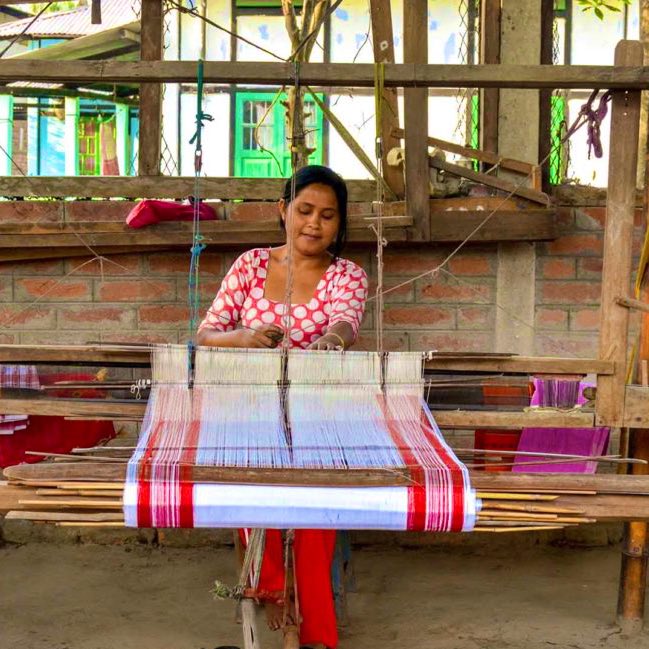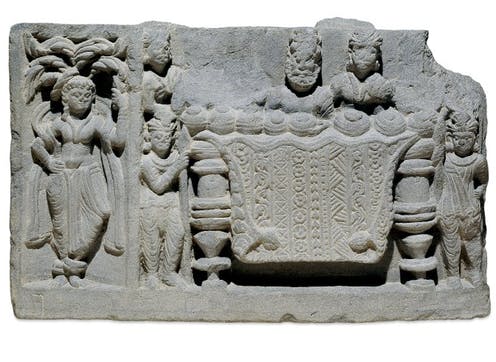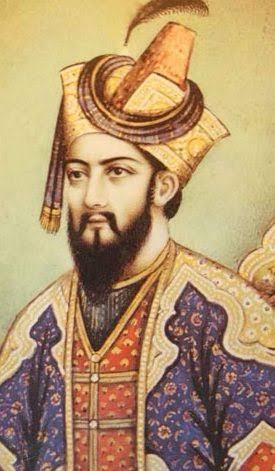
1/n
In 2000, a Coiled copper-alloy wire necklace & steatite beads with traces of silk fibers inside were discovered at Harappa & Chanhi-Daro. These artifacts dated to 2600 BCE proved that Indians were producing silk at least a 100 years before China.
In 2000, a Coiled copper-alloy wire necklace & steatite beads with traces of silk fibers inside were discovered at Harappa & Chanhi-Daro. These artifacts dated to 2600 BCE proved that Indians were producing silk at least a 100 years before China.

2/n
Silk was considered the exclusive cultural heritage of China, since 1600 BC. Archaeologists puzzled over presence of silk in prehistoric sites in Europe, Mediterranean, Egypt & Central Asia. These findings were considered evidence of early contact between China & the West.
Silk was considered the exclusive cultural heritage of China, since 1600 BC. Archaeologists puzzled over presence of silk in prehistoric sites in Europe, Mediterranean, Egypt & Central Asia. These findings were considered evidence of early contact between China & the West.

3/n But now we know it was probably India which was the source of that silk. In 2009, an Oxford University study found silk from 2 types of silk moth was utilized in these artifacts. Based on SEM image analysis they are from Antheraea sp. & Philosamia spp. (Eri silk). 

4/n Moreover, the Harappan silk is reeled, a process which used to be considered an exclusive Chinese secret earlier. The variety in type, technology and thread forms shows the extent of advanced knowledge about sericulture in ancient India. 

5/n Indians were weaving & exporting silk more than a 1000 years before the introduction of domesticated silk in China. This study has overturned the idea that silk & sericulture were a Chinese invention. Indians had this knowledge earlier than any other culture in the world. 

6/n India is famous for its fine silks, & now identified as the culture that gave Silk to the world. In later times, this led to exploitation of traditional Hindu weavers & craftsmen by Islamic i& British invaders. Those aspects of our history will be discussed in a later thread 

7/n The Oxford University study is available here:
harappa.com/sites/default/…
PC: Pinterest, Harappa.com
harappa.com/sites/default/…
PC: Pinterest, Harappa.com
• • •
Missing some Tweet in this thread? You can try to
force a refresh





















